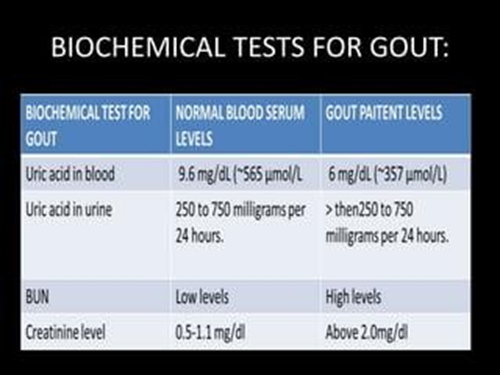A client had a bowel resection 5 days ago. The nurse assesses the client and finds that the client's temperature is 103 degrees F, pulse is 88, respirations are 20, and the blood pressure is 146/72. Urine output has been 160cc for the last 4 hours. The incision is erythemic and warm to touch. The nurse determines that the client's fever is most likely due to what condition?
Wound infection
Urinary tract infection
Respiratory infection
Dehydration
The Correct Answer is A
A. The combination of fever, tachycardia, decreased urine output, and erythema and warmth at the incision site suggests the possibility of a wound infection.
B. While a urinary tract infection could cause fever and decreased urine output, the presence of erythema and warmth at the incision site suggests a localized wound infection.
C. Respiratory infection may cause fever and tachycardia but would not typically present with erythema and warmth at the incision site.
D. Dehydration may cause decreased urine output but would not typically present with fever and erythema at the incision site.
Nursing Test Bank
Naxlex Comprehensive Predictor Exams
Related Questions
Correct Answer is D
Explanation
A. Monocytes are a type of white blood cell involved in immune response and are not typically the most elevated in allergic reactions.
B. Lymphocytes may increase in response to infection or immune stimulation but are not specifically associated with allergic reactions.
C. Neutrophils are the most abundant type of white blood cell and are primarily involved in bacterial infections, not allergic responses.
D. Eosinophils are a type of white blood cell that increases significantly during allergic reactions, making them the most likely to be elevated in response to a severe allergic response like anaphylaxis.
Correct Answer is B
Explanation
A. Arterial blood gases are used to assess oxygenation and acid-base balance and are not specific to diagnosing gouty arthritis.
B. Gouty arthritis is characterized by elevated uric acid levels in the blood, leading to the deposition of urate crystals in the joints.
C. Culture and sensitivity tests are used to identify infectious organisms and determine their susceptibility to antibiotics, not for diagnosing gouty arthritis.
D. Potassium levels are not specific to diagnosing gouty arthritis and are typically measured as part of routine laboratory tests to assess electrolyte balance.

Whether you are a student looking to ace your exams or a practicing nurse seeking to enhance your expertise , our nursing education contents will empower you with the confidence and competence to make a difference in the lives of patients and become a respected leader in the healthcare field.
Visit Naxlex, invest in your future and unlock endless possibilities with our unparalleled nursing education contents today
Report Wrong Answer on the Current Question
Do you disagree with the answer? If yes, what is your expected answer? Explain.
Kindly be descriptive with the issue you are facing.
